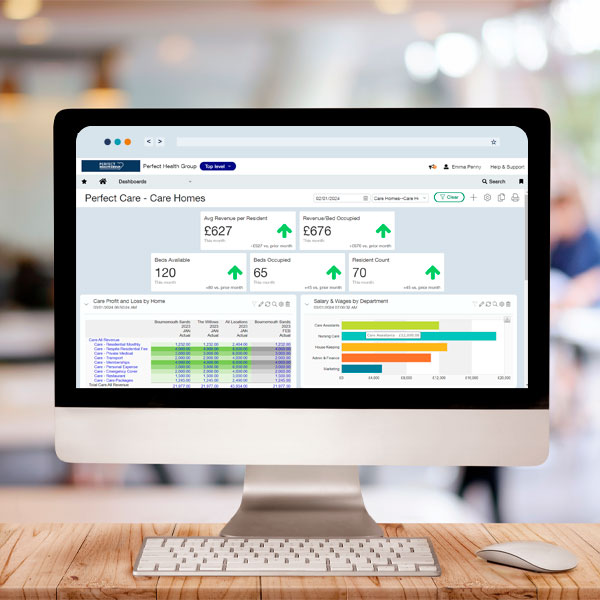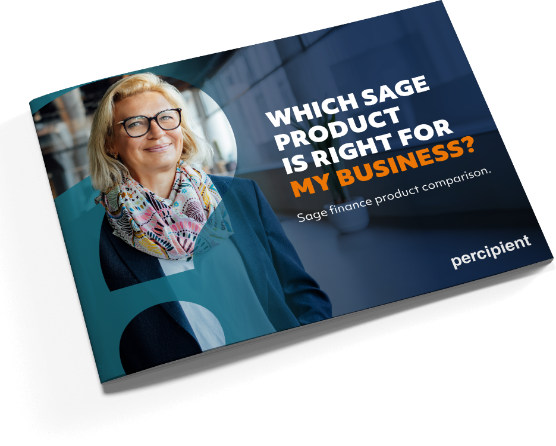Chris Stock, Managing Director of Percipient, looks at how digitalisation drives higher quality patient care and a more efficient environment for care home providers.
An ageing population combined with demographic shifts throughout the last few decades, has seen a substantial growth in the need for care homes, and subsequently, growth in the industry as it seeks to keep pace.
The biggest challenge currently centres around maintaining the delivery of quality care, while at the same time, grappling with rising costs and challenges around staffing. This perfect storm of events, combined with increased regulatory scrutiny, and the government’s aim to get 80% of CQC registered care providers using digital records by 2024, has shone a spotlight on the role of digital in the sector.
Innovating for the Future
While technological innovation in the form of Telemedicine, Robotics, Virtual Reality (VR), Augmented Reality (AR), and Artificial Intelligence (AI) typically command the headlines when looking at ways in which technology can transform the care sector, for the majority, these examples are light years away.
However, that’s not to say that digital is not an investment priority. Driven by a need to optimise the patient experience, demonstrate best practices, and capitalise on new opportunities to diversify or expand, forward-thinking care home organisations are replacing the spreadsheets, manual systems, and bespoke applications which traditionally underpin back office and management processes, with modern platforms.

Complexity Bites
Financial management in care homes can be complex, with mixed funding pools, evolving care needs, multiple suppliers when it comes to procurement, and variability in stay lengths. Bottlenecks caused by these issues can impede cashflow and productivity as finance teams spend unnecessary amounts of time on manually processing accounts, and re-keying information across different systems and spreadsheets, to generate invoices in a timely manner.
Many care home organisations operate numerous properties, so finance professionals must be able to deliver consolidated performance reports, as well as at an entity level. Modern systems address this need by providing a dimensional general ledger, consolidation, and the ability to drill down into the numbers across multiple entities, through easy-to-use reporting features and dashboards.
Automation & Accuracy
By investing in capabilities that can automate financials, integrate with patient records, and generate insights for better visibility and decision-making, care homes can free up valuable resources to focus on patient care, bridge staffing gaps, and ensure greater control over all operations.
The best platforms are cloud-based, scalable, and easy to use, allowing transactions to be created and tracked across multiple locations in minutes. Those that facilitate the consolidation of multiple entities, enabling easy access to insights in real-time, and managing permissions to allow the right people access to the right information are key. Crucially, the right systems will shorten close time substantially and eliminate the inevitable inaccuracies that come with the manual processing of accounting information.

When looking for a solution, it’s important that they contain industry specificity and dashboards for easy access to insights. Reporting tools should have an advanced audit trail to track patient data, spend management, budgeting, and planning. Sage Intacct’s role-based dashboards feature visuals or critical metrics and accounting information to enable both financial and non-financial users to easily acquire the answers needed at a glance.
This ability to examine data at any given point in time by location, item, cost drivers, and more in a matter of minutes, drives unprecedented visibility. Every transaction within the system is tagged with dimensions, making it easy to sort, filter, view, and report on the specific information needed at any given point.
Precision Operations
More accurate financials mean better patient communications and faster payments, processed effectively against the right dimensions and projects within the finance system, to reduce the likelihood of billing errors that could lead to delays.
This expedited payment cycle, alongside reduced administration, and fewer frustrations to support productivity, means that management can focus on the patient experience, quality of care, and future plans.
Embracing a Digital Future
While Telemedicine, Robotics, AR, VR, and AI may be some way off for the majority of care homes in 2024 and 2025, the future is undoubtedly digital. By focusing on the operational foundations via the back office, and establishing a more efficient, transparent, and agile way of working, costs can be mitigated, resources go that bit further, and time to dedicate to the patient amplified.
Sage Intacct brings financial proficiency to enable care home finance teams to regain control, automate processes, and focus on strategic decisions that will simultaneously improve patient care, and scale to meet future needs. For more information on how Percipient can help transform your care homes financial management with Sage Intacct, get in touch or call us on 01606 871332.




